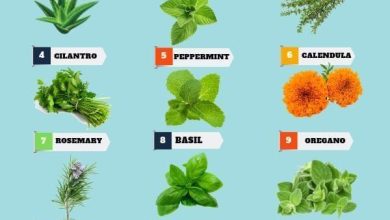Horse Manure: [Compost, Advantages, Use and Characteristics]
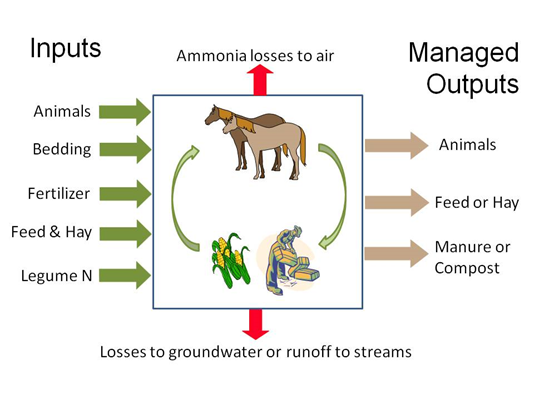
What are you going to learn in this article?
- What is horse manure and what is it for?
- Why is it important to compost it?
- How to carry out this composting.
- What problems horse manure compost can have and how to fix them.
- What flowers and plants do not benefit from this type of compost.
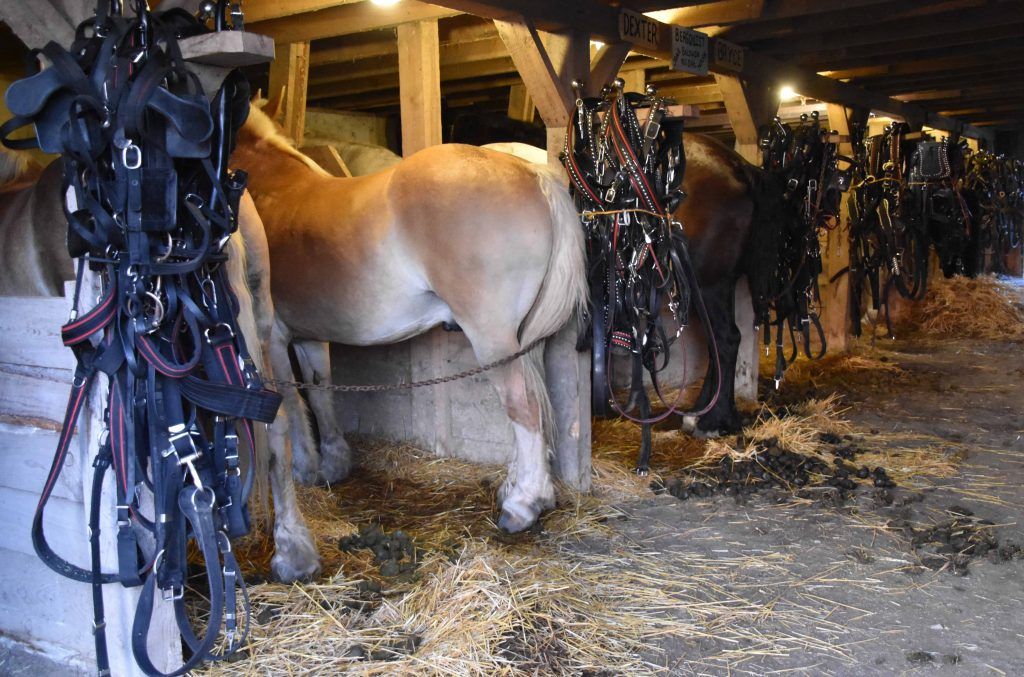
Did you know that a horse produces about 15 kilos of manure a day and more than eight tons a year?
If we add to this the 4 liters of urine they can produce in a single day, and a wheelbarrow or more of used bedding, in no time you will have a mountain of manure for your garden or orchard.
That mountain can take up a lot of space that most horse owners would probably enjoy using for other things far more attractive than storing…shit.
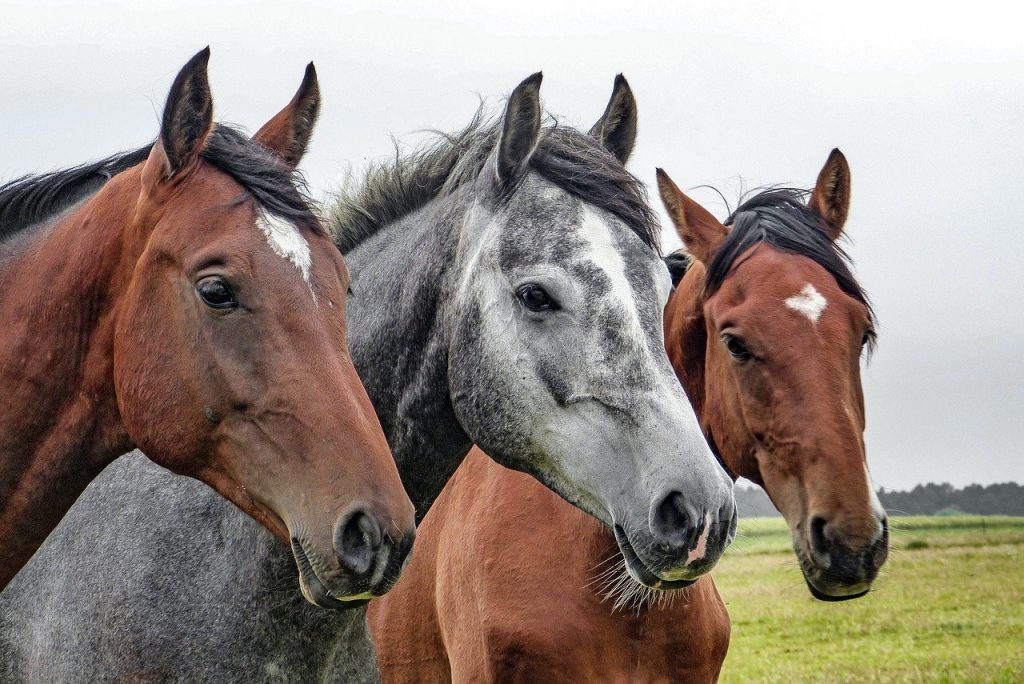
In addition, there is the risk of a manure pile being mismanaged: Horses grazing near their own manure can be re-infected by larvae hatching from worm eggs inside.
Odors and flies can plague you or your neighbors, and unsightly poop piles can lower property values.
What is horse manure?
Slightly more nutritious than cow or goat manure, horse manure is exactly what you think it is. Horses eat, horses poop.
But this is not all that horse manure contains.
The term «manure» also includes small amounts of wood in the form of chips or sawdust, or other materials such as straw or hay.
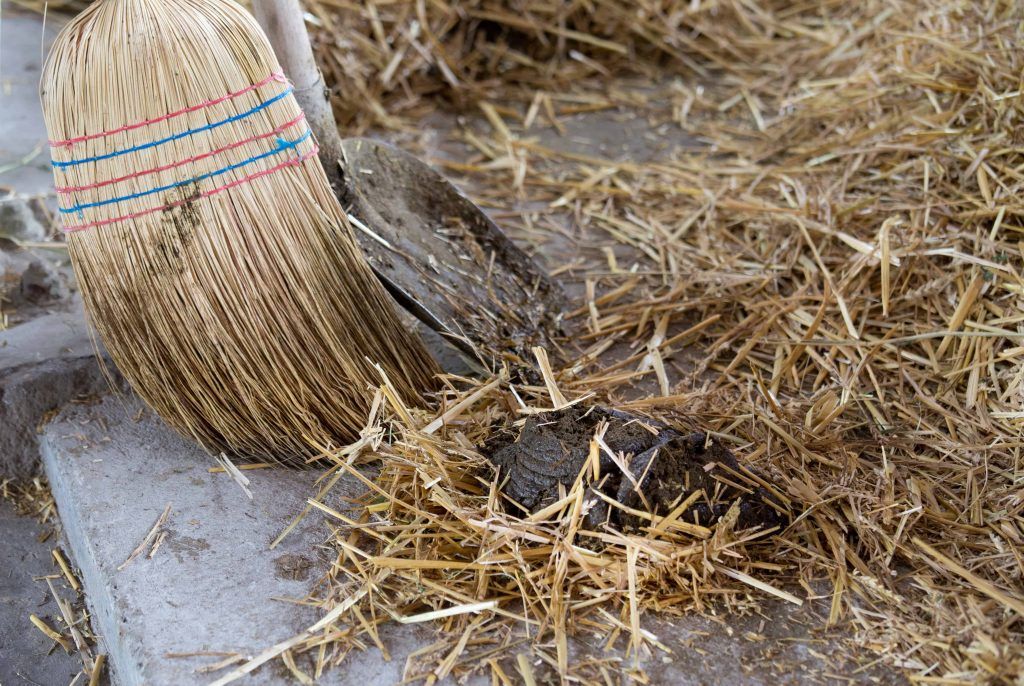
These bedding materials are often spread around stables to soak up horse urine. When the stables are cleaned, everything is removed and stacked.
True horse manure includes bedding materials as well as urine absorbed along with the poop itself.
This raw material is not yet ready to be used. Fresh horse manure is usually alkaline and requires composting to prepare it and bring it to a more neutral state.
Don’t worry, in this article we explain how to do it Keep reading.
Horse manure may contain bits of undigested plants and grasses, seeds and the like.
Any seeds that are present should be made sterile through the hot composting process. Plant materials become valuable organic matter for the soil.
Unfortunately, fertilizers have gotten a bad rap of late.
Concern about the presence of antibiotics or drugs in manure is widespread. Because of these concerns, many people have started avoiding them, even though they shouldn’t.
In most cases, the composting process will remove any medication residue.
Characteristics of horse manure
Horse manure is made up primarily of feces and urine, but is often mixed with bedding and feed.
The amount and characteristics of horse faeces and urine vary according to the type of horse (pony, mature horse, lactating horse, etc.), body weight, feed (composition, intake and digestibility), levels of exercise and waste collection practices.
The amount of bedding and feed mixed with urine and faeces will vary for grazing and stabled horses, with waste collection practices and choice of bedding material.
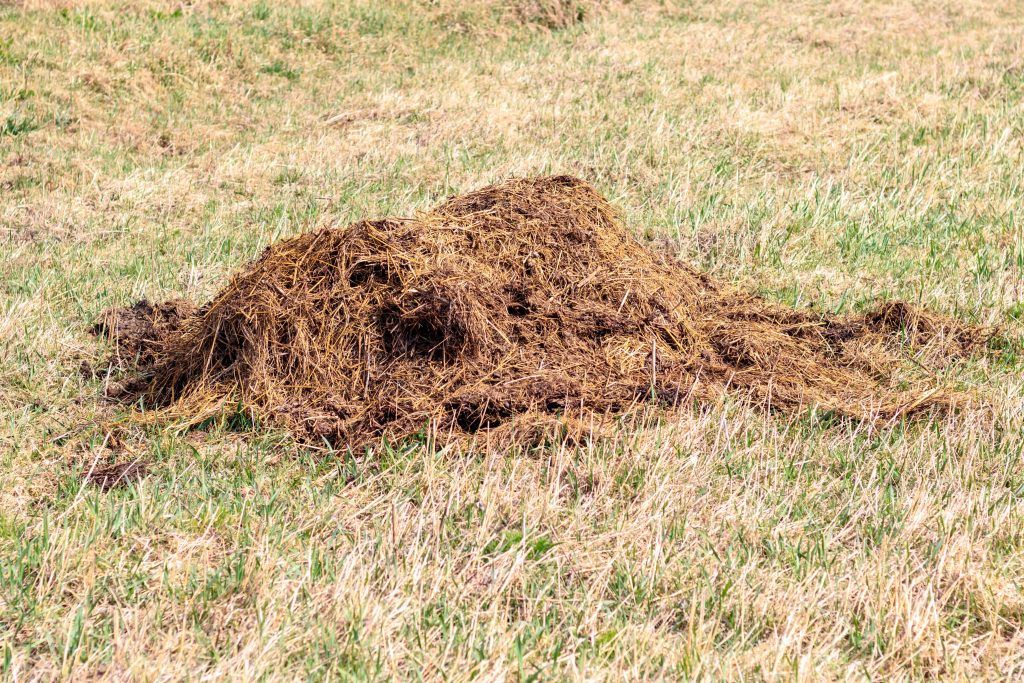
Horse manure color
Horse manure changes color and consistency depending on its diet.
If the horse eats a diet of rich grass or hay with a very bright green, the manure will be bright green when fresh.
If the horse eats paler green colored hay, the manure will be paler and if it is forced to eat brown colored hay, the manure will be a similar colour.
Outside , time bleaches everything brown and the rain and sun break it down into the ground.
Smell
Horses rely on bacteria in their gastrointestinal tract to help digest much of the roughage and fiber they eat.
Horses with intestinal conditions that disrupt the bacteria in the gut, with ulcers, or with a sudden change in diet will have unusually foul-smelling manure.
If your horse manure smells like rotting meat, its diet may be too high in protein; however, if it smells rancid, it may indicate that you are getting too many carbohydrates.
Depending on the severity of the digestive disorder, a change in color and consistency may also be observed along with the rancid odor.
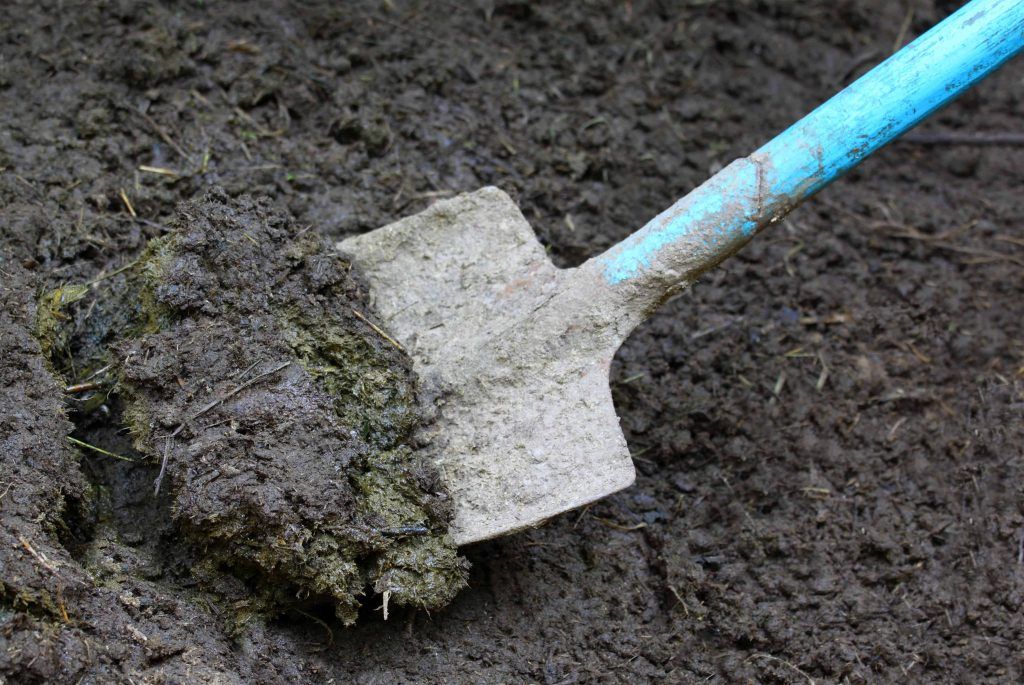
Consistency
Healthy manure should have a deep sheen, indicating normal hydration, and form neat, somewhat firm balls.
The manure balls must be able to break easily.
If your horse’s manure is dull, dry, or hard, he may be dehydrated and you’ll need to increase his fluid intake immediately.
If that’s the case, you can try soaking the hay, pellets, or cubes in water or providing a soaked bran porridge.
The material that makes up the manure must be decomposed, with no identifiable pieces of hay or other feed.
Why horse manure can be an excellent natural fertilizer?
Horse manure contains organic matter which, when applied to plants in the garden or in your vegetable garden, can give them a very strong nutrient start and allow them to grow faster, stronger and healthier.
Horse manure is rich in nitrogen, although it does not have particularly high amounts of phosphorous and potassium, so it may work better on non-flowering plants.
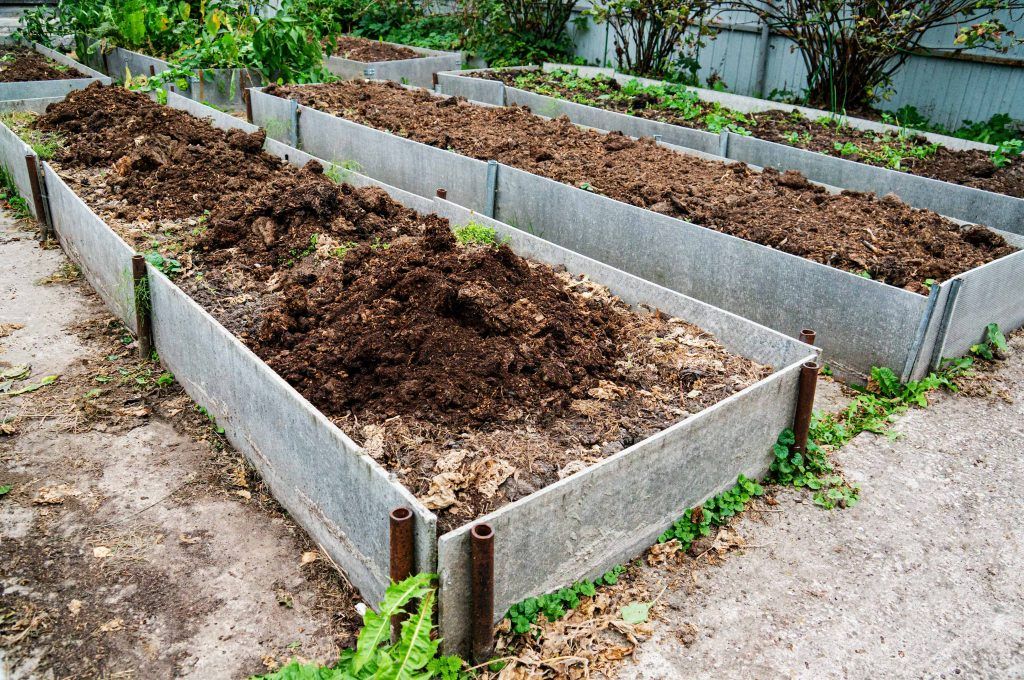
For best results, horse manure should be fed to plants that need nitrogen, such as corn, potatoes, garlic, and lettuce, and can also be fantastic for boosting lawns.
However, avoid adding horse manure to flowering and fruiting plants, such as tomatoes and peppers. Or if you decide to use it, mix it with another fertilizer so that it does not inhibit the growth of fruits and flowers.
The use of horse manure in your garden must be done with care.
If you want to use it as fertilizer, it is important that you use well-aged and completely dry manure, which can be worked into the soil without risking burning the roots of your plants.
Hence it is important to compost it. Here we explain how to make compost from horse manure
Why are you interested in composting horse manure?
Composting is a great manure management technique to avoid many problems.
- Composted horse manure is a great source of slow-release soil nutrients for an orchard or garden.
- The average 1,000-pound horse produces 9 tons of manure per year, and all organic matter, including manure, breaks down over time.
- Composting is basically a controlled microbial decomposition of organic matter, carried out under aerobic conditions (with air). This process occurs all around us in nature.
- As composters, we try to configure this process to produce a more consistent product faster than nature would provide.
- Horse compost is also an excellent fertilizer for your garden or orchard. In fact, horse manure should not be placed directly on your fruit trees, plants or flowers since it could burn their roots.
To know more:
- Complete Guide to make your own Compost – Sembrar100
- Analysis of the 5 Best Compost for your Garden and Plants
- Phosphorus in Plants: [Use, Lack, Excess, Advantages and Disadvantages]
How to compost horse manure
Choose the right place
Start by locating a suitable place for composting.
Choose an area that is easily accessible throughout the year and that is comfortable for homework.
If possible, choose a flat, well-drained spot, away from waterways or wells, so it doesn’t contaminate surface or groundwater.
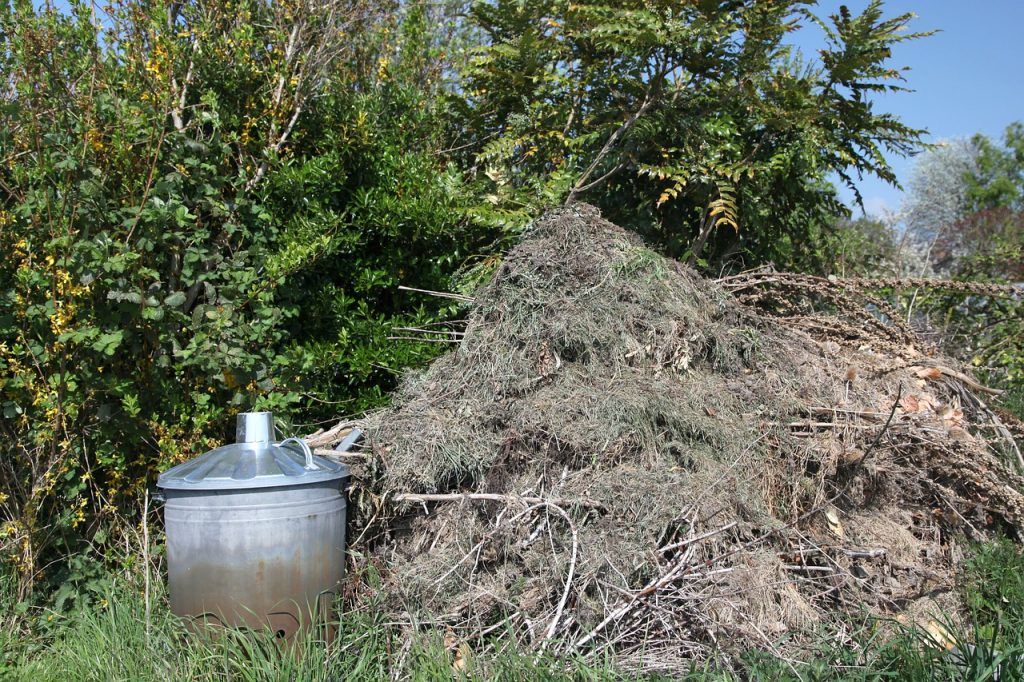
Bag or container?
This is up to you, but a container system often helps keep things neater and easier to manage.
Containers can be made from straw bales, pallets, treated wood, or eco-blocks (stackable concrete).
Usually at least two or three containers or stacks are needed.
- Bin 1 is where manure and barn waste are added daily.
- In bin 2 temperatures are checked regularly and compost is turned as needed.
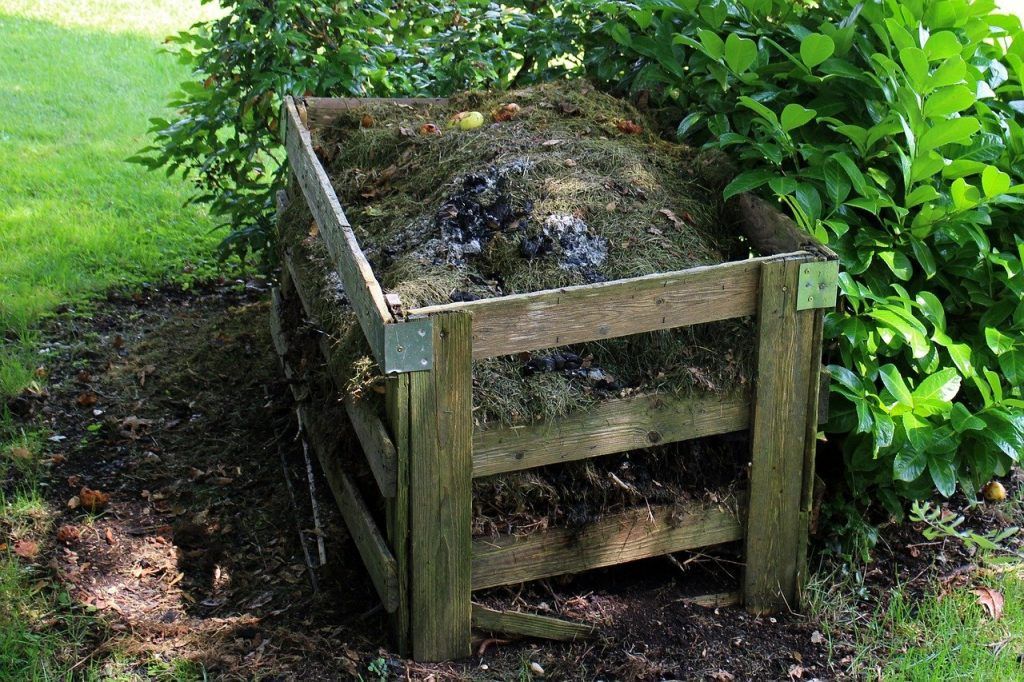
The third container is in the finishing or «curing» phase.
Multiple piles can be built in any of these stages or stacks.
To compost and produce heat, each pile must be at least one cubic meter, about the size of a washing machine. In colder climates, the batteries may need to be larger to generate enough heat.
keep it covered
Covering it with a tarp, plastic sheet or roof during the rainy season prevents the valuable nutrients in the compost from washing away and causing environmental problems.
It also prevents compost from becoming a soggy mess in the winter and a crispy mess in the summer.
Tip:If you live in a windy area, weight the tarp down with recycled milk or detergent jugs filled with gravel.
Since you will need to remove the tarp each time you clean your horse’s stall and paddock, make the tarp installation as efficient as possible. You can even attach it to the back of your compost bin or use bungee cords to secure it in place.
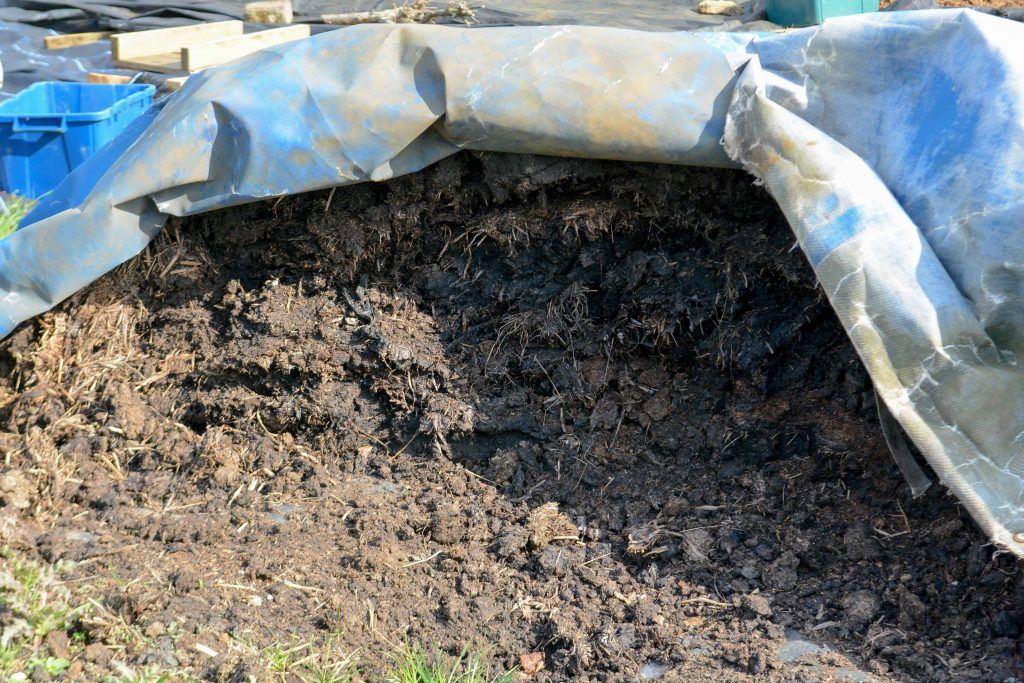
Introduces air into the container
Oxygen is a crucial component for composting as, again, bacteria and fungi need oxygen to do their job and break down organic matter.
The easiest way to give oxygen is to use a small tractor to remove the pile.
If the compost lacks air, it will become smelly instead of earthy.
How often the horse manure we are composting is turned over determines how quickly the compost will be ready for use.
Aerated Static Pile (ASP) systems use a fan instead of mechanically rotating the pile. This unit requires little handling for several months until the stockpile is complete – an investment option for larger installations, as this system can handle a higher volume of material with a minimal time investment.
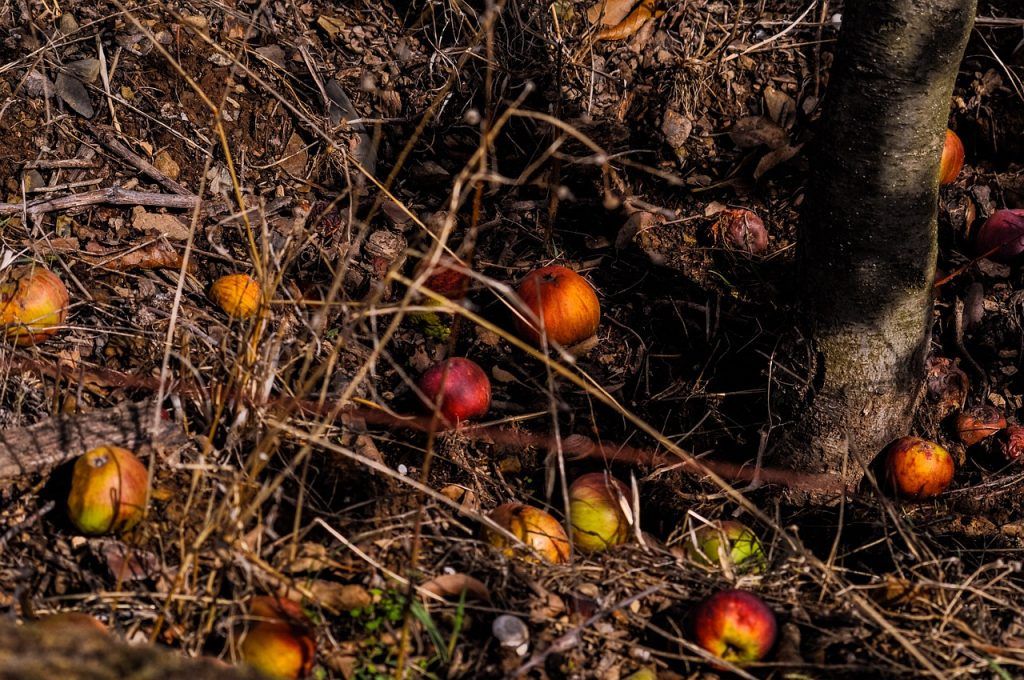
Depending on the scale of orchard, orchard or garden you have, the equipment and configuration of the ASP costs between €500 and €2,500 for three-container systems.
Make sure it’s moist
The compost should be as moist as a wrung out sponge.
In dry climates or in summer, find a way to water the compost, either with a garden hose while turning the pile or by hoseding down the manure and barn waste daily before dumping.
The compost should be moist but not dripping. (If you squeeze a handful of material – put on a glove if you want – only a drop or two of moisture should come out of the edge of your hand).
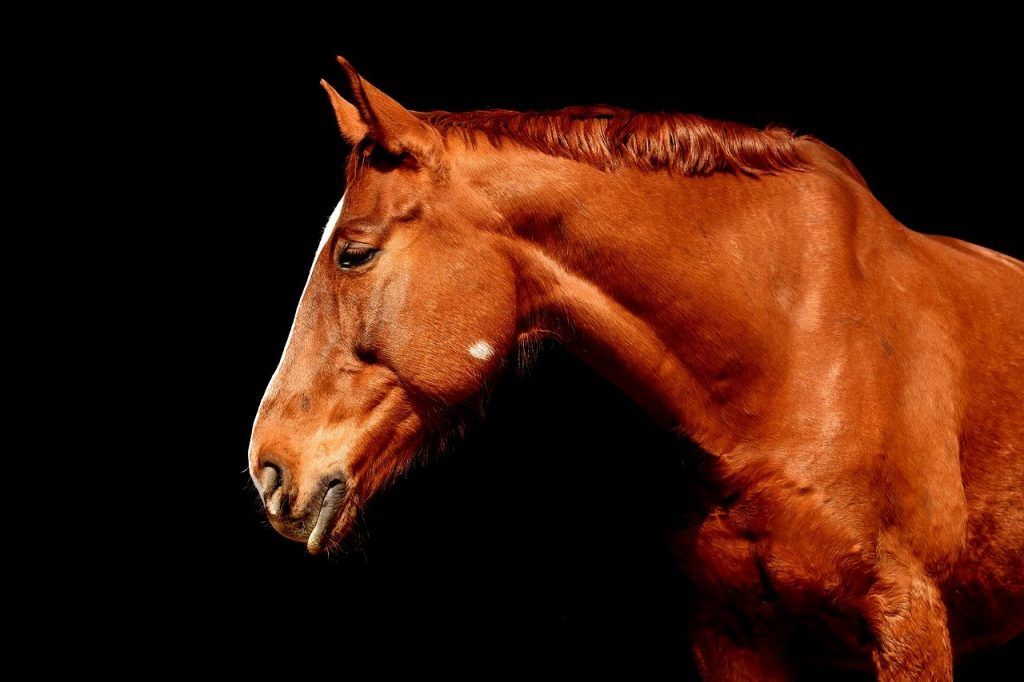
control the heat
The heat generated by the beneficial microbes can make the pile quite hot, between 43ºC and 70ºC.
To kill parasites and pathogens, the compost must reach at least 54ºC for at least three days.
You can easily monitor temperatures using a long- stemmed compost thermometer purchased from a nursery or garden store.
A rising temperature means the microbes are working for you and doing a good job.
When the temperature drops, it is a sign that you need to turn and mix the compost. After turning several times, if temperatures remain low, this indicates that you are moving into the curing phase and out of the active composting phase.
compost curing
This is when the finished compost settles and «stabilizes».
Earthworms and small insects get in and break it down further.
When curing, cover the compost with a tarp to prevent weed seeds from entering and colonizing your compost.
Compost heaps can cure anywhere from a month to a year; the longer it cures, the more stable it will be and the less likely it is that nutrients will leach out with the first rains.
The finished compost
Active control of the air and water in the stack, as well as how often it is turned, determine how quickly it will run out.
It should take about three months, maybe longer in winter when microbial activity slows down.
You’ll know the horse manure compost is ready when the material is even in texture, crumbly, dark in color like earth, and has an earthy smell. Your temperature should be 32ºC or less.
Put horse manure to work!
Compost improves the health and moisture of plants and soil.
Use a manure spreader or shovel to spread it in orchards, lawns, or gardens during the growing season. Spread it in a thin layer, one centimeter thick, and no more than 7 to 10 centimeters per season in the same area.
Possible problems when composting horse manure
| Symptom | Problem | Solution |
| Compost smells bad. | It is not ventilated enough. | Move the manure pile to get more air. |
| Compost smells bad and is soggy | There is not enough air and too much water. | Mix dry ingredients such as straw or chips, add aeration and cover with a tarp. |
| The inside of the battery is dry | There is not enough water. | Add water by turning the pile. It should be as moist as a wrung out sponge. |
| The compost is moist and warm in the center, but nowhere else | The heap is too small. | Collect more raw materials and mix them with the previous ingredients. Piles smaller than 1 square meter have trouble keeping warm. |
| The pile is wet and smells good, but it does not get hot | Too many shavings, wood chips or bedding (carbon source) and not enough manure (nitrogen source). | Add a nitrogen source (for example, pure manure, fresh grass clippings, blood meal, alfalfa, or nitrogen fertilizer). |
Compost emits a bad smell
In this case, the horse manure may not be sufficiently aerated.
Solution: move the pile of horse droppings that we are composting to get more air.
Compost, in addition to having a bad smell, is soaked with water
Once again, there may not be enough air and it may also have too much humidity.
Solution: Add drier ingredients, such as straw, shavings, wood chips, etc. that absorb moisture and also mix several times to get enough air. Repeat this action until the horse manure compost does not smell as bad and is less waterlogged or wet.
The inside of the container is dry
Well, this has an easy solution, it lacks water. It is important that when you mix and aerate the horse compost, you add water to moisten it.
The compost is only moist and warm in the center
This means that the horse compost heap is small.
Solution: add more droppings, with wood shavings or chips and weeds to the container.
The container is damp and smells good, but it does not get hot enough
There may be too much wood and carbon sources.
Solution: Lack of nitrogen. Add more horse manure to increase the amounts of nitrogen.
What does horse manure contain?
Horse manure contains grass and grain fibers, minerals, waste cells, fats, water, and sand or gravel, depending on the type of soil in which the hay or grass was grown.
Approximately 3/4 of the total weight of the manure is water.
It can also contain undigested grain and weed seeds, so these should be composted before composting the garden, as these could continue to sprout.
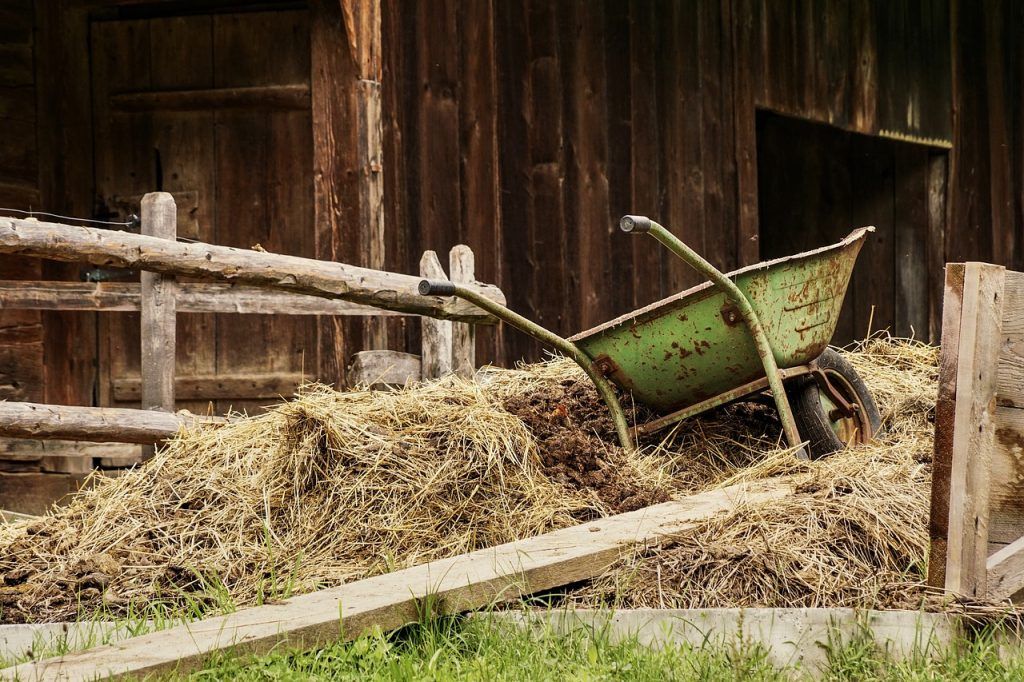
Is horse manure dangerous for people?
All animal excrement must be treated with care. If possible, with gloves. And it is highly recommended to wash your hands after handling it.
However, horse manure is unlikely to transmit any disease to people, including bacterial problems with e-coli, which is killed by sunlight.
Human and dog waste is much more likely to spread diseases and parasites to people.
Although they are unpleasant to find on trails and other public places, they are not very dangerous.
However, if you are one of those who ride a horse, the correct thing is that if it defecates, you pick up its droppings and do not dirty the street
Bibliography and references
-
Composting with harvest residues of Lima beans (Phaseolus lunatus) using three types of manure and effective home microorganisms, JC Tinco Curi, LM Vásquez Vicente – 2016 – repository.lamolina.edu.pe
-
Nitrogen transformation during horse manure composting, PAJ Montalvo, LFO Dongo, JLC Maraví… – Production+…, 2018 – repository.lasallista.edu.co
-
[HTML] Stabilization of horse manure through an aerobic process similar to composting, LA Tellez Monzón, LF Ortiz Dongo… – Revista de la …, 2019 – scielo.org.pe
-
[PDF] A Tide of Manure, D Runciman – Letras Libres, 2016 – LetrasLibres.com
-
[PDF] MANURE , L Arellano, MC Rosales – inecol.edu.mx
-
[PDF] FACILITIES FOR HORSES, MBA Solís – HORSE ZOOTECHNICS – uv.mx

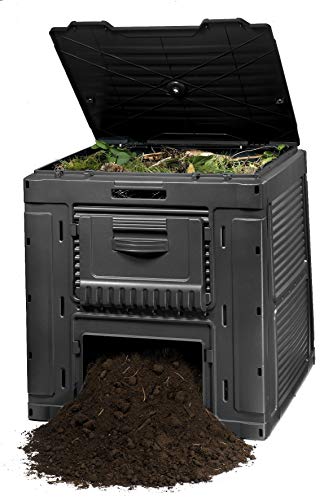
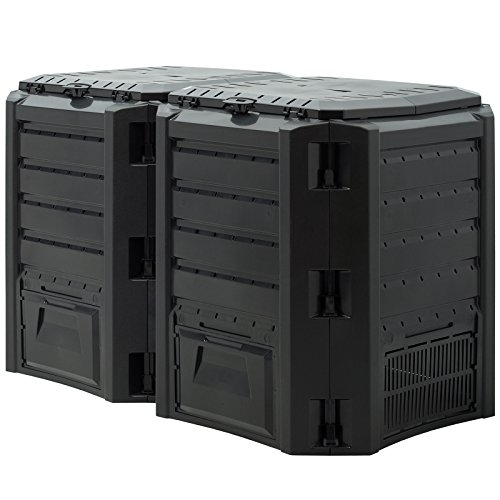
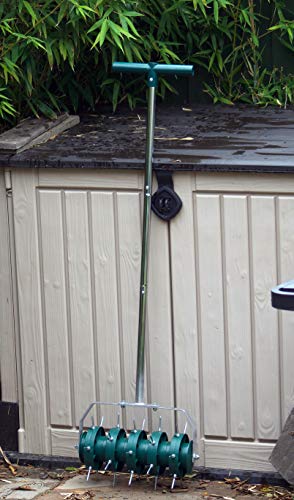
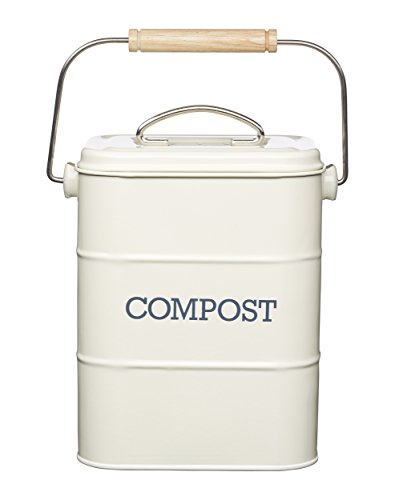
![Photo of Tillandsia or Air Plant: [Planting, Care, Irrigation and Substrate]](https://www.complete-gardening.com/wp-content/uploads/2022/08/tillandsia-or-air-plant-planting-care-irrigation-and-substrate-390x220.jpg)
